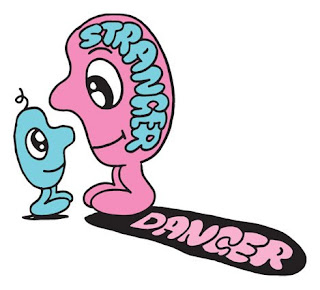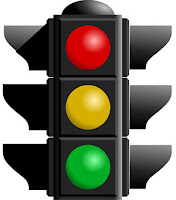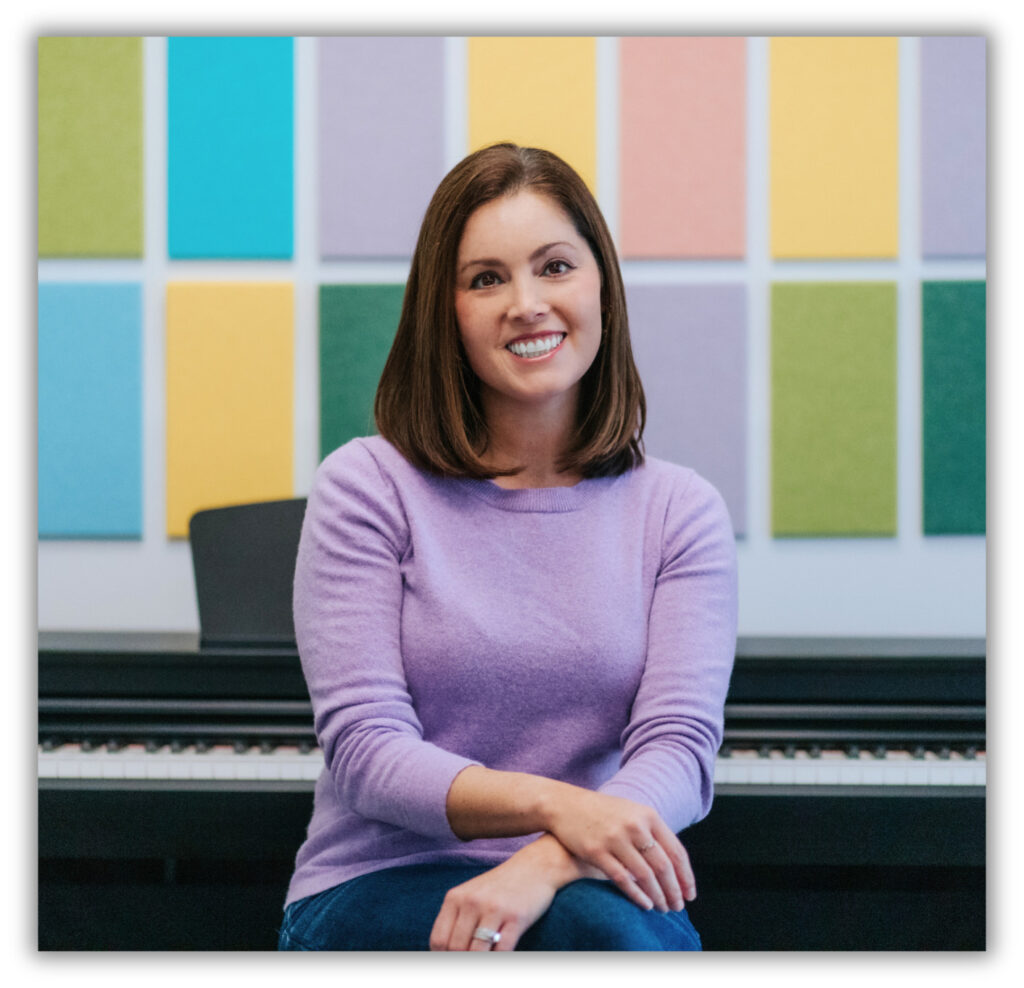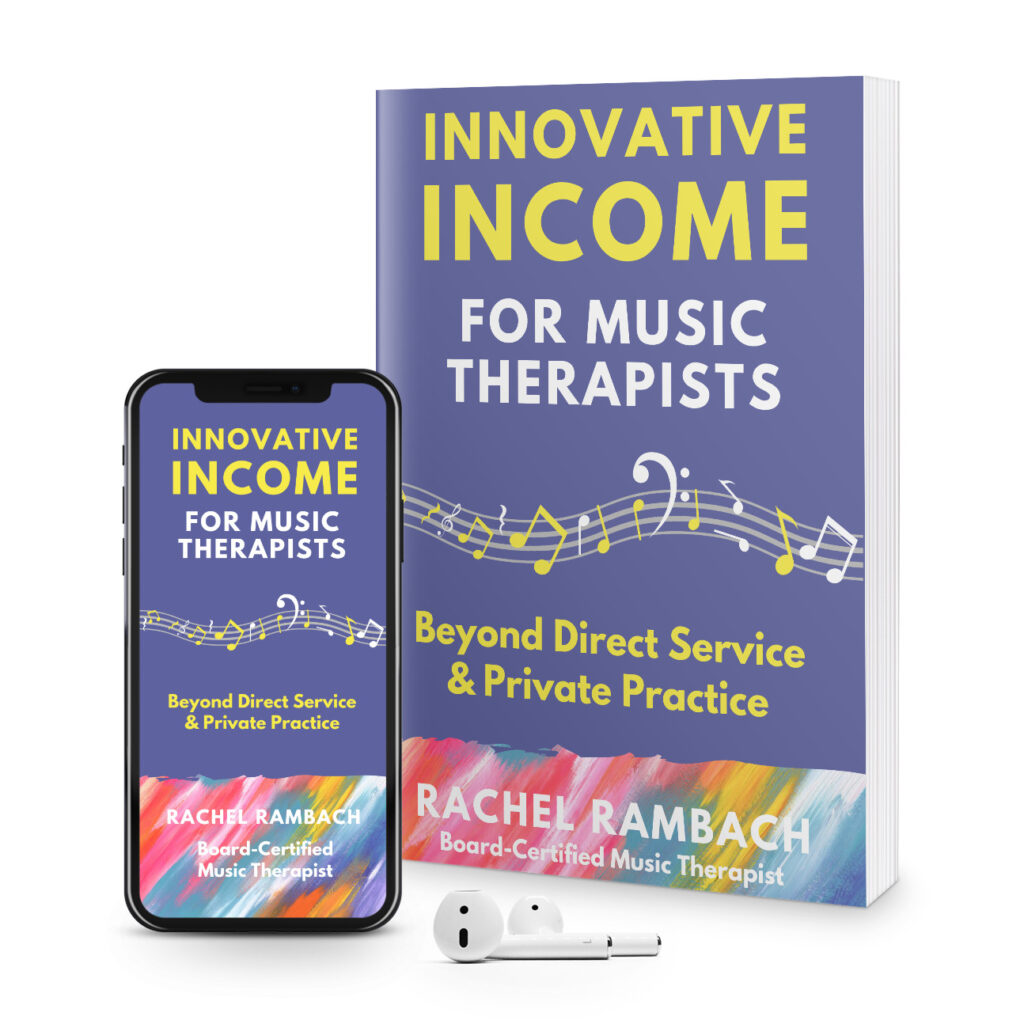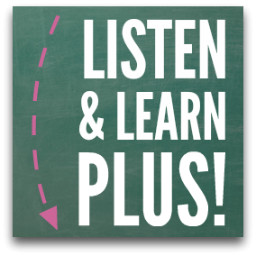People You Do & Don’t Know
I very distinctly remember my mom sitting my brother and I down and telling us all about stranger danger. She explained who we could trust to stay with us, take us places, and even made up a code word for adults to let us know that it was okay to go with them in the case of an emergency situation. Now, over twenty years later, I still get lectures about stranger danger from my mom, but I guess I can’t blame her. After all, the world can be a scary place, as we are too often reminded by the stories in newspapers and on television.
The song that I wrote to address this topic identifies three different categories of adults:
- Safe Side Adults
- People You Kind of Know
- Strangers
Today’s song identifies and defines the three categories, and also determines whether or not it is safe to go with people from each. The term “Safe Side Adult” came from a consult client who uses this word with her children (a benefit of custom-written songs – incorporating your own phrases and terminology).
The world is full of people,
Some you’ll know and some you won’t.
I wanna tell you ’bout three
Kinds of people you see,
Some you can go with, some you don’t.
A safe side adult is a person that you know.
With a safe side adult it’s okay to go.
Because it’s your grandma, grandpa, mom or dad,
Or someone that you’ve been told:
Is a safe side adult, a person you know,
With whom it’s okay to go.
There are also people that you kind of know.
With those people you shouldn’t go,
Unless a safe side adult has told you for sure,
That a person, specifically,
Is someone you can trust and know,
With whom it’s okay to go.
A stranger is a person that you don’t know.
With a stranger you should never go.
Because it’s someone that you’ve never seen before,
Or someone that you’ve been told,
Is a stranger, a person you don’t know,
With whom you should not go.
The world is full of people,
Some you’ll know and some you won’t.
I told you ’bout three
Kinds of people you see,
Some you can go with, some you don’t.
I’m sure you noticed that the tone is a little heavier than my other songs; I wrote the melody this way on purpose. Children need to realize how serious the topic of strangers really is, and I wanted this song to reflect that seriousness. What methods have you used to approach this subject with your children or students? Know of any other stranger danger songs? I’d love to hear about them!

